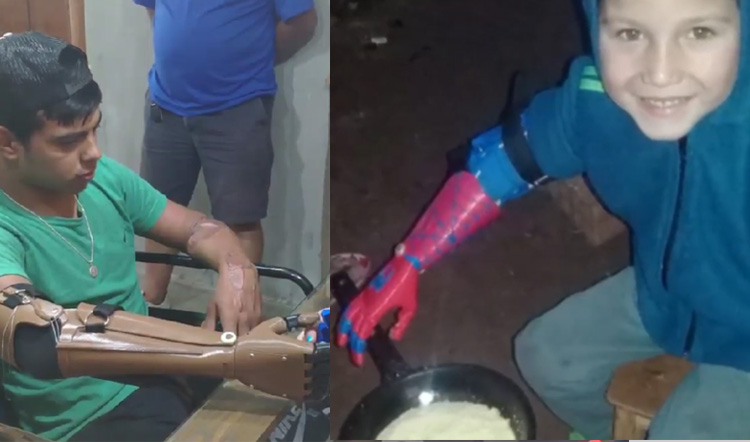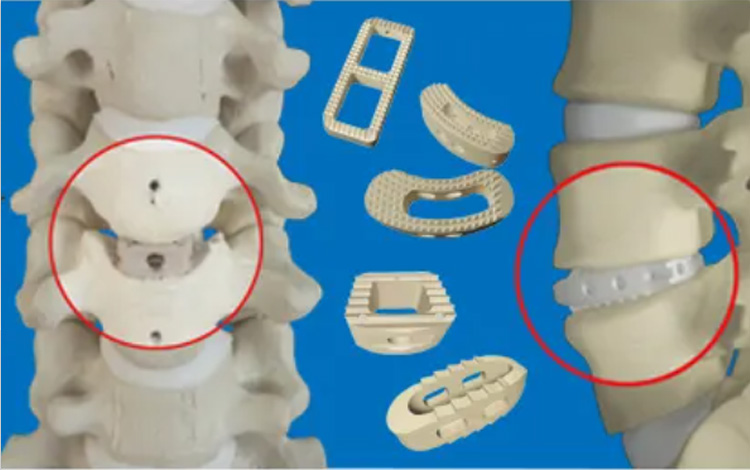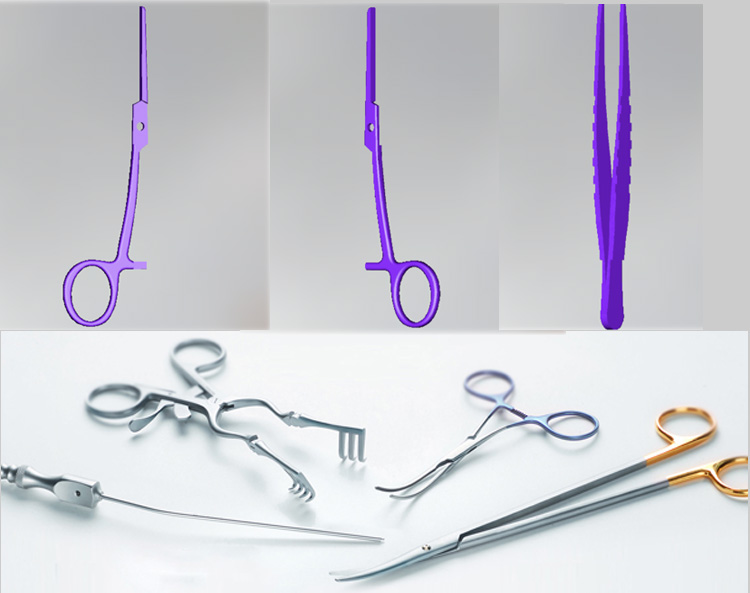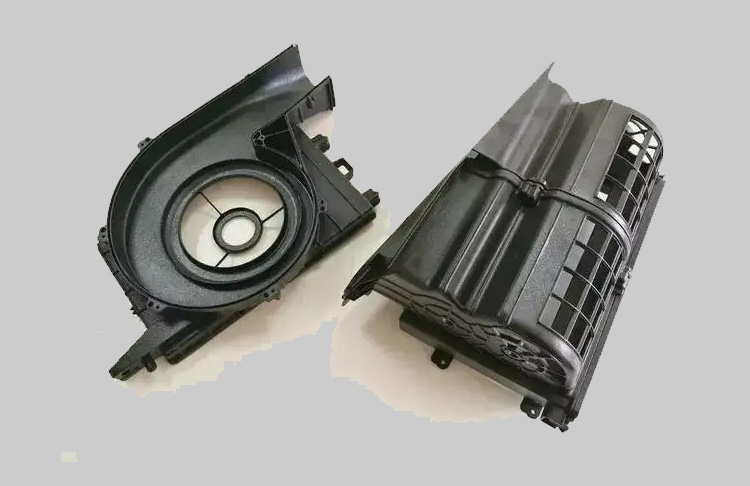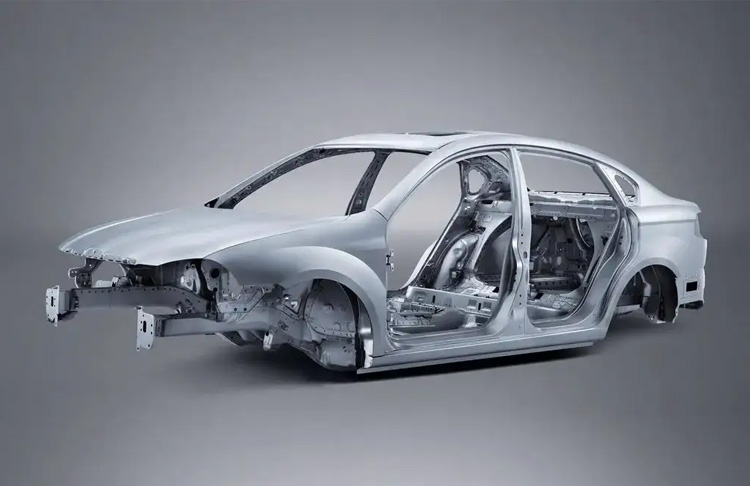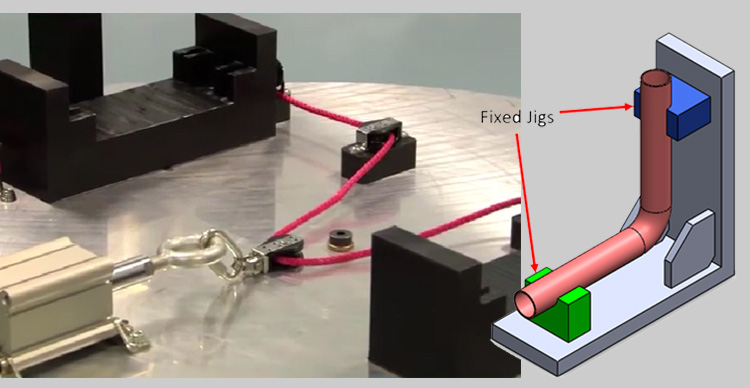3D printing is a process of material reshaping, taking advantages in precise controlling of complicated geometry. With this nature on, 3D printing technology has been used to create customized and complex objects. Definitely, it has the potential to greatly impact various industries.
This article is to introduce practical applications of 3D printing technology in 3 industrial fields. You are going to learn the following:
- 3D printing applications in healthcare treatments
- 3D printing applications in the automotive industry
- 3D printing applications in the fashion sector
I’ll also provide tips on which 3D printers and what 3D printing materials are used to realize the 3D printing in those fields.
Let’s get started!
3D printing applications in healthcare industry
One of the major applications of 3D printing in healthcare is the creation of prosthetics and implants. Traditional prosthetics often require multiple fittings and can be uncomfortable for the user. However, 3D printing allows for the creation of customized prosthetics that fit the individual perfectly, improving their comfort and function.
Case 1: 3D printing prosthetics
A non-profit organization in the Republic of Paraguay called PO has been using 3D printing to create affordable and customizable prosthetic hands for amputees. The two founders built this non-profit organization aiming at using 3D printing technology to contribute prosthetics to the disabilities. They’ve used FDM 3D printers, such as Flashforge Guider 2S, Adventurer 3, Finder, and Dreamer 3D printers. those types of 3D printers that consume thermoplastic filaments for the prosthetic hands/legs production. The 3D-printed hands can be easily adjusted to fit the user and can even be customized with different colors and designs.
▲PO 3D printed prosthetics
Case 2: 3D printing spinal implants
In addition to prosthetics, 3D printing has also been used to create implants such as spinal implants. Traditional implants often require invasive surgeries and can be difficult to fit properly. However, 3D-printed implants can be customized to fit the individual perfectly, reducing the need for multiple surgeries and improving the success rate of the implant.
The implant model is designed according to personal specifications. Size, material, shape and porosity are essential to the effectiveness of the implant. A company called Oxford Performance Materials uses 3D printing to create personalized spinal implants for patients with scoliosis. The 3D-printed implants are tailored to the patient's specific anatomy, allowing for a more successful and less invasive surgery.
▲3D printing spinal implants
Case 3: 3D printing surgical instruments
Another application of 3D printing in healthcare is the creation of surgical tools and devices. Traditional surgical tools can be difficult to sterilize and reuse, leading to potential contamination and spread of infection. However, 3D-printed surgical tools can be easily sterilized and reused, reducing the risk of infection and improving patient safety. The SurgeonLabs institute has used 3D printing to create customizable surgical instruments such as scalpels and forceps. The 3D-printed surgical tools can be tailored to the specific needs of the surgeon and the procedure, improving the accuracy and efficiency of the surgery.
▲3D printing surgical tools
3D printing applications in automotive industry
In the automotive industry, 3D printing has been utilized for the production of car parts and prototypes, reducing production costs and lead times.
Case 1: 3D printing car parts
Traditional car manufacturing involves the use of expensive molds and long lead times, which can be time-consuming and costly. However, 3D printing allows for the production of car parts and prototypes quickly and inexpensively. A company named Local Motors uses 3D printing to create car parts such as door handles and dashboard components. The 3D-printed car parts are customized to fit the specific model of the car, reducing the need for multiple molds and reducing production costs.
▲3D printed car parts
Case 2: 3D printing automotive prototypes
3D printing has also been used to create automotive prototypes. Traditional prototyping often involves the use of clay or other materials that can be time-consuming and expensive to produce. However, 3D printing allows for the creation of accurate and detailed prototypes quickly and inexpensively. For example, Stratasys uses 3D printing to create automotive prototypes for companies such as Ford and General Motors. The 3D-printed prototypes allow the companies to test and refine the design of their vehicles before going into production, reducing development costs and lead times.
▲3D printing car prototype for test
Case 3: 3D printing production tools
For automotive industry, there needs large-scale manufacturing of car parts through assembly line. Along those assembly lines factory workers need jigs and fixtures to help hold working tools. That’s call manufacturing aids. 3D printing perfectly caters for the production of tools to aid manufacturing. The 3D printed tools are lightweight and cost-effective, greatly reducing costs and time! This job can be well done with Creator 4 3D printers using engineering plastics like TPE, PC, PA, etc.
▲3D printing jigs and fixtures for assembly line
3D printing applications in the fashion sector
Traditional fashion manufacturing involves the use of expensive molds and long lead times, making it difficult to produce small quantities or customize products. However, 3D printing allows them to create complex and intricate designs that would be impossible to produce using traditional manufacturing methods.
Case1: 3D printing footwear
For example, 3D printing has been used to create custom-fit shoes and insole. Flashforge professional-level 3D printers can achieve that. These items can be designed to fit the specific measurements and shape of an individual, providing them with a more comfortable and flattering fit.
▲3D printing shoe uppers with Flashforge Creator 4
Case 2: 3D printing accessory patterns
In addition, 3D printing has also been used to create unique and intricate patterns and designs for accessories, allowing fashion designers to create one-of-a-kind pieces that stand out from the crowd. Flashforge Waxjet 3D printer is born for this job. Currently, it was used by jewelry producers to do batch production of wax ring patterns, wax bracelet patterns, and wax cultural crafts. The 3D printing material is wax and 3D printing technology is of wax jetting.
▲3D printing jewelry patterns with waxjet 3D printer
Traditionally, wax patterns were achieved in at least 3 processes (with complicated manual job slowly finished by hand), while now with the application of Flashforge wax 3D printers, people can print out the wax patterns directly. The accessory pattern processing is greatly simplified owing to the wax 3D printing technology!
In conclusion
3D printing has become a revolutionary technology that has opened up a plethora of applications across various industries. Its ability to produce complex and customized objects quickly and cost-effectively has greatly impacted diverse industries. However, we should know that different 3D printing technologies/3D printing equipment /3D printing materials may be requested for different industries. The inner principles and technologies are complicated and cost many years on the developing and testing and final applying of the 3D printing equipment. Flashforge is one of the pioneers on this road. With its continued development and advancement, we can expect to see even more innovative and exciting applications of Flashforge 3D printers in the future.
Guess you are interested in reading:
3D printing you can do in the Day of Death
See how 3D prints make you shine!
Frontier Technology: 3D Printing Big Bang!
Why FDM 3D printing becomes the most popular print type?
How to find the best beginner 3D printer?





